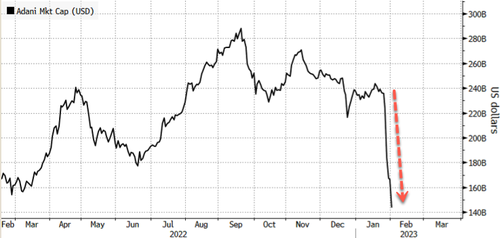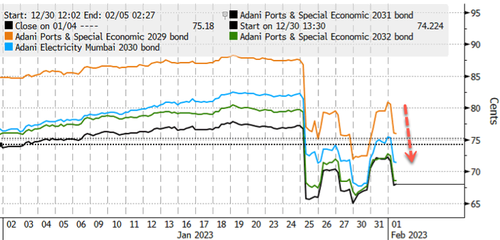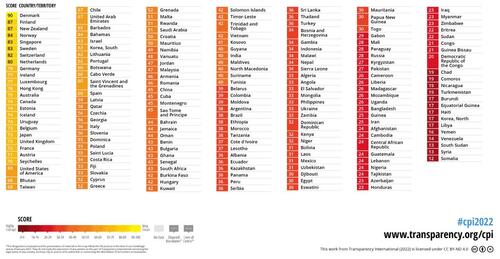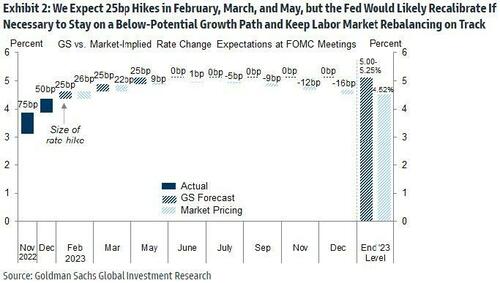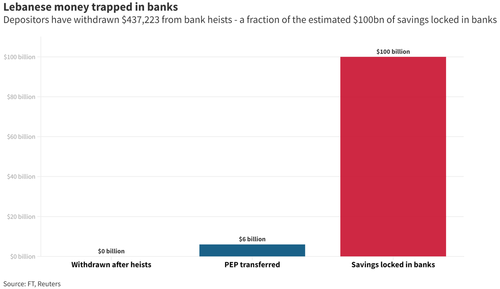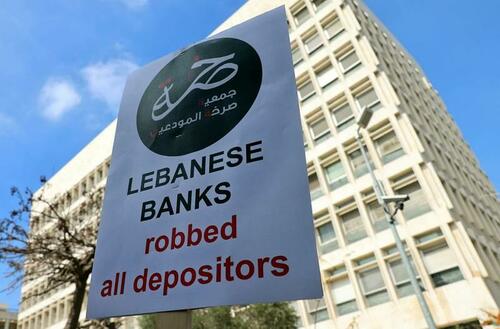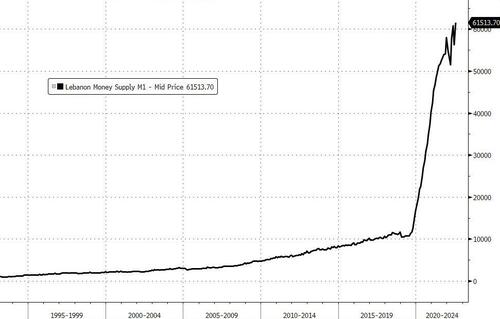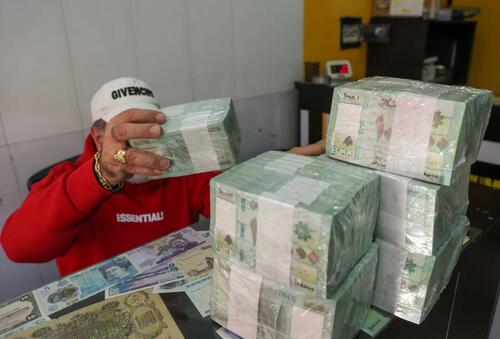
It shouldn’t have taken Tyre Nichols’s brutal killing by Memphis cops to revive talk about police reform, but that’s where we seem to be. However, after all too many such tragedies, it’s going to require actual reform to avoid more such incidents in the future.
In 2020, it looked like years of discussions about paramilitary law enforcement, biased cops, and over-policing would finally bear fruit. George Floyd’s murder by a Minneapolis police officer sparked protests, riots, and a movement for change in how cops interact with the public. Some legislation to hold police accountable and ease the weight of the criminal justice system won approval, and a sprinkling of reformist prosecutors were elected to office.
But crime subsequently increased, fueled in part by the damage inflicted by pandemic stay-at-home orders which increased social and economic stresses. Also, some of the “reform” prosecutors seemed to think they had a mandate to reconstruct American society instead of improve criminal justice. They sometimes even deprecated law enforcement intended to protect the people they supposedly served. And a lot of officers saw not just bad cops, but all of them, as the targets of protesters and reformers—understandable in the era of “defund police” and “all cops are bastards.” We started seeing stories about police demoralization and officers walking away from the job.
The passion for criminal justice reform appeared to have passed. But then Tyre Nichols was beaten to death, on camera, by cops while their colleagues watched. Policing still needs to change.
“Fundamental questions remain about what we should empower the police to do, and how to restore trust between law enforcement and the communities it serves,” UCLA law professor Joanna Schwartz wrote this week in The Atlantic. “But no matter how governments ultimately answer these questions, they will almost certainly continue to authorize people to protect public safety. And some of those people will almost certainly abuse that authority. We need to get our system of governmental accountability working better than it does, no matter what our system of public safety looks like.”
Schwartz’s article is adapted from her book Shielded: How the Police Became Untouchable, publishing this month. She delves into qualified immunity, the Supreme Court doctrine that holds officers liable only if courts have found nearly identical conduct to be unconstitutional.
“What began as a protection for officers acting in good faith has turned into a protection for officers with the good fortune to have violated the Constitution in a novel way,” she writes.
Schwartz also examines various other policies and court decisions that shield cops from consequences. That includes requirements that plaintiffs suing officers “include enough factual detail in their initial complaints to establish a ‘plausible” entitlement to relief.” That means police can protect themselves by withholding key information about encounters with the public. Ultimately, she argues it should be easier to hold to account police and government agencies for bad law-enforcement conduct.
Beyond legal liability, other reformers suggest that police are being asked to do too much, which creates preconditions for conflict and tragedy.
“Traffic stops should not be harrowing or dangerous experiences, but too often they are for people of color,” Columbia Law School’s Sarah A. Seo wrote in 2021 with regard to the police shooting of Daunte Wright but just as applicable to the killing of Tyre Nichols. “How can we reduce traffic stops without undermining public safety? The solution is to decrease our reliance on human enforcement.”
Seo’s faith in traffic cameras may strike many as a faint hope if not just a different path to abuse. It’s true, though, that flaws in automated enforcement are generally neither malicious nor lethal. Getting cops out of enforcing petty rules of the road could reduce the opportunity for conflict.
Likewise, reformers call for getting police out of the business of social work.
“Numbering fewer than 1 in 50 U.S. adults, individuals with untreated severe mental illness are involved in at least 1 in 4 and as many as half of all fatal police shootings,” reports the Treatment Advocacy Center which works on mental health issues. “Because of this prevalence, reducing encounters between on-duty law enforcement and individuals with the most severe psychiatric diseases may represent the single most immediate, practical strategy for reducing fatal police shootings in the United States.”
Reducing police interactions with the public while refocusing them on their primary role is similarly a concern of Bentley University economist Scott Sumner.
“If we were to dramatically reduce the number of laws, then the police would have less leverage to harass the public. Power corrupts, and the police will have an enormous amount of power in a country where thousands of consensual acts are illegal. Even minor infractions such as loitering and jaywalking are used as excuses to harass people, often members of minority groups,” he wrote in June 2020. “Roughly 400,000 people are currently imprisoned for drug crimes, often activities that would not even be illegal in other states. We’d be much better off if the police were to focus on protecting us from violent criminals, not trying to tell us how to live our lives.”
Radley Balko, formerly of Reason and a critic of law-enforcement militarization, suggests that police should abandon special forces-style units. That includes the Street Crimes Operation to Restore Peace in Our Neighborhoods (SCORPION) to which the officers who killed Tyre Nichols belonged.
“The SCORPION program has all the markings of similar ‘elite’ police teams around the country, assembled for the broad purpose of fighting crime, which operate with far more leeway and less oversight than do regular police officers,” he wrote this week. “In city after city, these units have proven that putting officers in street clothes and unmarked cars, then giving them less supervision, an open mandate and an intimidating name shatters the community trust that police forces require to keep people safe.”
Many of these proposals are included in a broad 2021 proposal for reform prepared by Rashawn Ray of the Brookings Institution and Clark Nelly of the Cato Institute. Among their concerns is the culture of police who “often view themselves as warriors at war with the people in the communities they serve.” Ray and Nelly proposed an array of changes to police roles, training, and legal liability.
Reforming law enforcement is a balancing act between protecting people’s life, liberty, and property from criminals who prey on them, and enabling protectors to become predators themselves. But the brutal beating death of Tyre Nichols by cops demonstrates, again, that reform might be hard, but it’s necessary.
The post Tyre Nichols' Killing Brings Police Reform Back into Public Debate appeared first on Reason.com.
from Latest https://ift.tt/7MPfuJz
via IFTTT
